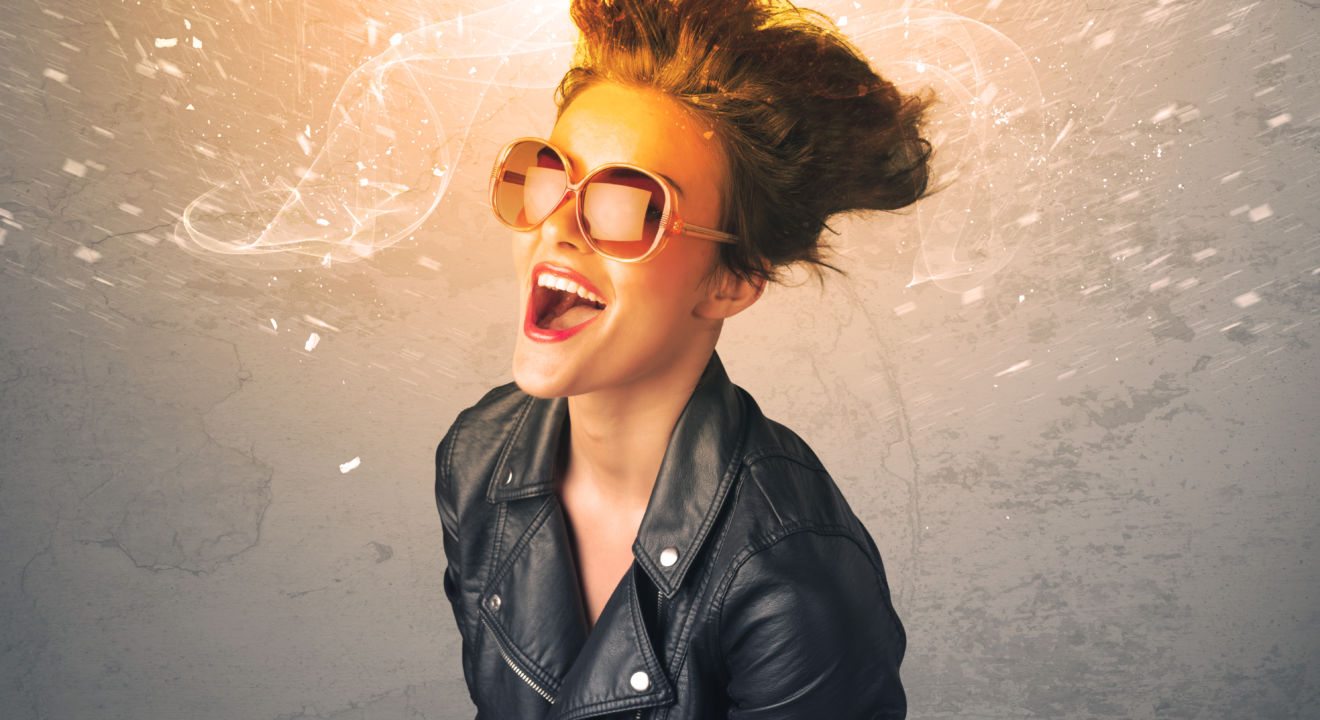Culture September 18, 2016


It’s not news that the gender balance in the tech industry has left many feeling like women don’t belong.
Earlier this year, the Marvel Studios EVP of Visual Effects and Post Production, Victoria Alonso, spoke to a panel of Visual Effects industry leaders. Adding a touch of humor to her keynote address, she urged the room full of men to invite more women on stage and backstage.
She said, “You’ve got to get the girls in here, boys. It’s better when it’s 50-50. I have been with you beautiful, handsome, talented, creative men in dark rooms for two decades and I can tell you those rooms are better when there are a few of us in them. So as you take this with you, please remember that it’s OK to allow the ladies in. They’re smart, they’re talented. They bring a balance that you need.”
Alonso cited businesswomen like Kathleen Kennedy as pioneering women in the tech and film industry that inspired her in her career in Hollywood film production. Her reasoning for speaking up at conferences like San Diego Comic Con and Visual Effect’s Societies VES Summit is to emphasize the importance of young women having female role models in prominent positions in the industry.
Alonso is not alone in her fight for greater female representation behind the scenes. In a post on “The Mary Sue,” director and writer Jennifer Lee recalls a time when women in film created visual effects when computers weren’t there to do the job. Lee was hired to work in the optical department and didn’t feel too nervous about it. Even though women occupied a small space in visual effects – and the whole Hollywood industry as a whole – Lee had women to look up to, unlike many potential female VFX specialists.
She named Peg Hunter, Lori Nelson and Lindy De Quattro as women who paved the way for other young women entering the visual effects industry. She cited them as reasons why she never encountered any “optical macho” in her job, but she remembers it being “the hardest job [she] ever had.”
She had role models, and their looming impact gave her reassurance and comfort as a lone woman in a male-dominated field. When she asked one of these female pioneers, Lindy Quattro, about the current number of women in VFX, she said “There are more than there used to be, but not as many as there should be.”
While companies like Google, Apple and Facebook have made promises to examine sexist practices, gender bias and female representation in their companies, there is yet to be heard from Hollywood. The fact that a VFX artist can spend a decade in the industry, moving studios and shifting jobs and almost never encounter a woman speaks to “a deeper bias that is reflected in the wider tech industry.”
While Alonso strongly encourages Hollywood’s introspection on this matter, the reaction is nevertheless divided, which reveals that “talking about gender is difficult in an industry plagued by instability.”
Gender disparity in visual effects is more silent because of the ever changing nature of Hollywood. The subject doesn’t speak as loudly as the “Women in Tech” discussion, but understanding how vestiges of old Hollywood sexism play a role in keeping female numbers down can pave the way for better representation off-screen.